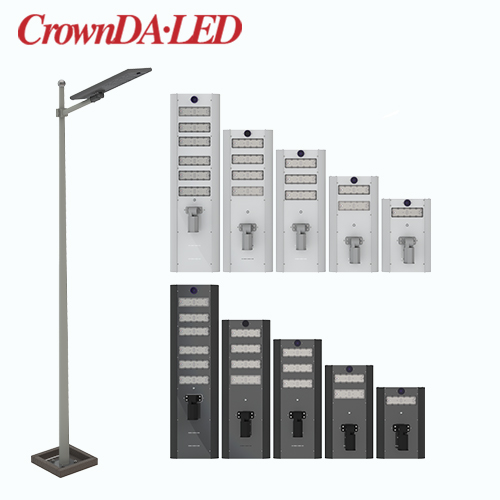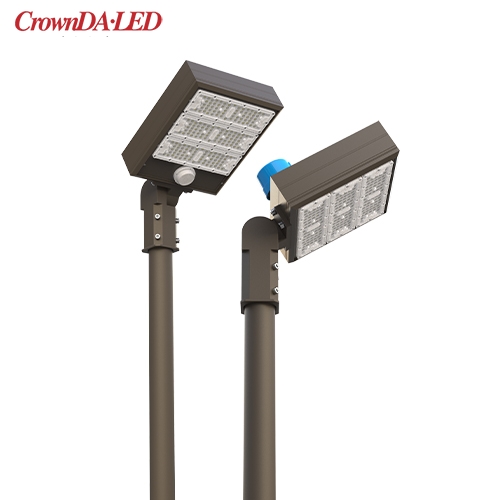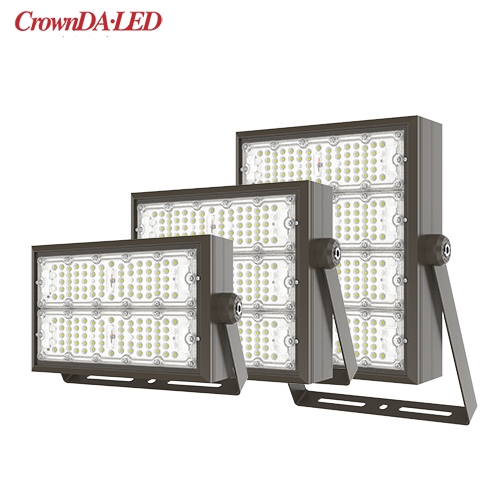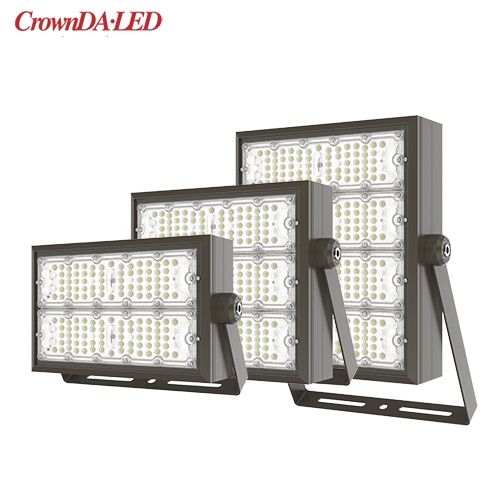Solar market forecast by 2026 by product, application, region and business prospects
Views : 507
Update time : 2021-09-02 15:17:13
Solar market forecast by 2026 by product, application, region and business prospects
 The global solar market was valued at 52.5 billion U.S. dollars in 2018 and is expected to reach 223.3 billion U.S. dollars by 2026, with a compound annual growth rate of 20.5% from 2019 to 2026.
The global solar market was valued at 52.5 billion U.S. dollars in 2018 and is expected to reach 223.3 billion U.S. dollars by 2026, with a compound annual growth rate of 20.5% from 2019 to 2026.
Solar energy is the radiant energy emitted from the sun, which is utilized by various technologies such as solar heating and photovoltaic cells. It is an effective form of unconventional energy and a convenient and renewable solution to the growing greenhouse gas emissions and global warming.
Solar market
The growth of the solar market is driven by the increase in environmental pollution and the government's incentives and tax rebates for installing solar panels. In addition, the reduction in the water footprint associated with solar systems has boosted their demand for the power generation industry. Due to the surge in rooftop installations and the increase in applications in the construction field, the demand for solar cells has been greatly promoted. In addition, the demand for parabolic troughs and solar power towers for power generation is expected to drive demand for concentrated solar power systems.
Solar energy market by technology
The size of this global solar market is segmented according to technology, applications, components, marketing channels and regions. According to technology, the market is divided into photovoltaic systems and concentrated solar power systems (parabolic troughs, solar power towers, Fresnel reflectors and dish Stirling). According to solar modules, it is divided into single crystal, polycrystalline, cadmium telluride, amorphous silicon battery and so on.
According to the application, it is divided into residential, commercial and industrial. According to the end use, the market is divided into power generation, lighting, heating and charging. According to the region, analyze North America (the United States, Canada, and Mexico), Europe (Germany, France, Italy, Spain, the United Kingdom, and the rest of Europe), the Asia-Pacific region (China, India, Japan, South Korea, Australia) and other Asia-Pacific regions) And LAMEA (Brazil, South Africa, Israel and other parts of LAMEA).
Monocrystalline and polycrystalline silicon cells are in great demand, especially in residential applications. Due to low material costs, cadmium telluride and amorphous silicon batteries are expected to create growth opportunities. The increase in photovoltaic applications has promoted the demand for first-generation batteries including single crystal and polycrystalline silicon cells.
Due to ongoing research and development and the improvement of solar panel efficiency, the third-generation battery market segment is expected to show a high growth rate. The increase in the installation of solar energy systems in construction and residential applications provides profitable opportunities for the market. However, the geographic footprint affects the solar market, but increased R&D investment and increased adoption of solar storage systems are expected to drive demand for solar systems.
Solar energy market by application
Due to government tariffs and mergers and acquisitions by local manufacturers, emerging economies such as China and Japan have substantially increased the production of solar technology. In addition, North America and Europe are mainly engaged in research to maximize the potential of solar energy. Due to the increase in the application of solar energy in power generation, agriculture and construction, the Middle East and Africa have also received attention.
Driver
With the development of photovoltaic-based power distribution systems, competition among manufacturers has increased significantly. In addition, because the market is demand-oriented, the prices of solar modules in Europe and the Asia-Pacific region are very different. In addition, the decline in the profitability of component manufacturers and the pressure of market acquisitions have led to a decline in the price of solar panels. In addition, fluctuations in the price of silver, the main raw material for solar modules, have boosted the demand for solar panel devices and contributed to the growth of the solar market.
Restricted
The adoption of photovoltaic system technology is minimally affected by factors such as reliability, overall production and competitiveness. In addition, the overall climatic conditions and geographic latitude limit the growth of the solar market, especially in areas prone to snow and rainfall.
Chance
The development of photovoltaic (PV) storage systems is critical to improving the ability of photovoltaic systems to replace existing traditional energy sources. As the demand for photovoltaic devices increases, the adoption of energy storage grids is expected to increase, which drives the demand for lithium-ion batteries for solar storage and increases the growth of the solar market.
Due to the increase in the installation and utilization of solar panels, the largest growth is expected in the amorphous silicon battery segment. In addition, due to the increase in cost-effective solar panels, the demand for copper indium gallium selenide (CIGS) is expected to increase during the forecast period. In addition, it is expected that during the forecast period of the solar energy industry, low-cost manufacturing and improved efficiency of solar modules will drive the demand for cadmium telluride.
Market commentary
Inappropriate power grids have increased the demand for solar energy in remote areas of Africa and Latin America. In addition, government incentives for solar panel installation have promoted market growth.
The main advantages of the solar market:
This report has studied in detail the solar market trends and forecasts from 2018 to 2026, helping to identify current market opportunities to take advantage of the global solar market and the size of the solar market.
In-depth reports on drivers, constraints, and opportunities help professionals better understand solar market behavior.
This research further includes an analysis of the solar market share in technology, modules, power generation and applications in all regions.
Provides a detailed study of key leaders, partnerships and acquisition strategies in the market.
Porter's Five Forces analysis examines the competitive structure of the solar market and helps strategists make better decisions.
Precise analysis of geographic market segments can help identify growth opportunities within the solar market.
Solar market segmentation:
By technology
Photovoltaic system
Concentrated solar power system
Parabolic trough
Solar power tower
Fresnel reflector
Stirling
Through solar modules
Single crystal
Polycrystalline
Cadmium Telluride
Amorphous silicon battery
other
By application
Residential
commercial
industrial
By end use
Power generation
light (mainly is LED light, many types of solar lights are available in the market, including LED solar street light, solar garden light, solar flood light and other types of solar led lighting produts).
heating
Toll
By region
North America
US.
Canada
Mexico
Europe
Germany
France
Italy
Spain
U.K
Rest of Europe
Asia Pacific
China
Japan
South Korea
India
Australia
Rest of Asia Pacific
Latin America
Brazil
Israel
South Africa
Rest of Latin America
Related products

ARQ Series Shoebox LED lights, UL DLC listed, 100W-400W, 5-10 Years Warranty, 100-480VAC, 140-200lm/W
► UL/cUL/SAA/FCC/CE/Rohs Approval
► DLC 5.1 Premium
► Photocell, Daylight harvest, Microwave Sensor, 0-10V Dim Optional
► Multi-Voltage: 100-277V/100-347V/480Vac
► 100W-400W, 140-200 lm/W
► IP66, 5-10 years warranty
Subscribe
We will share with you our latest product info or LED industy info. Thanks.





